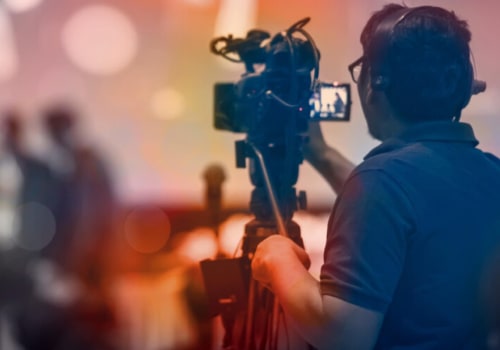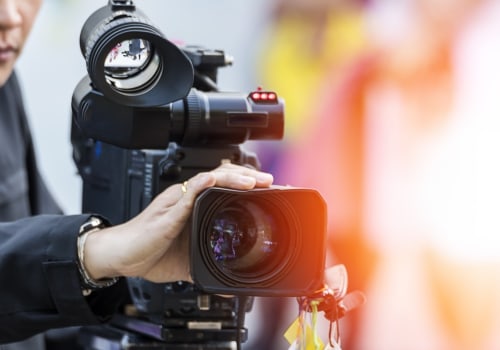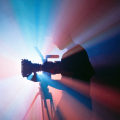Audio is an essential part of video production, and it can have a huge impact on the viewer's experience. There are three main types of sound used in film: diegetic, non-diegetic, and dialogue. Diegetic sound is recorded on set and includes location sound, sound effects, and dialogue. Non-diegetic sound is added in post-production and includes music, voiceover, and sound effects.
Foley sounds are also used to create a more realistic feel for the audience. Location sound is the ambient noise that is recorded on set. It can be enhanced with sound effects to add or emphasize individual sounds and create a narrative effect. Examples of this include a ringing telephone or an explosion off camera. Ambient sound from outdoors or the tone of the room indoors can also be superimposed for greater realism and to hide any unwanted noise. Dialogue is an important part of diegetic sound and depends on vocal pronunciation.
A good actor can vary the tone, volume, and accent depending on what the director wants on set, but the interviewee will only speak with their natural voice. Dialogue can be improved in post-production or even replaced as ADR (Automatic Dialogue Replacement).Non-diegetic sound is added in post-production to improve the raw images. This includes music, voiceover, and sound effects like birdsong. This type of audio helps connect the audience to the narrative and creates a realistic feel for the audience. Foley sounds are those that a foley artist uses accessories and other elements to recreate in an effort to make a scene more believable.
These are just a few of the most common types of sound used in movies that can be seen in most films. When recording audio for video production, it's important to use the right equipment. Most home video cameras come with an omnidirectional microphone which records all the sounds that are present in front of the camera. Videos produced for portable mobile devices need excellent sound to improve storytelling since the images are very small. Equalization is also important when recording audio for video production as it emphasizes specific audio or video frequencies and eliminates others as a measure of signal control, generally to produce particular sound qualities. Audio is an essential part of video production and understanding all the different types of audio used in film can help you create a unique final project that will captivate your audience. With a mix of dialogue, diegetic and non-diegetic sounds, foley sounds, and musical sounds you can create an immersive experience for your viewers.










